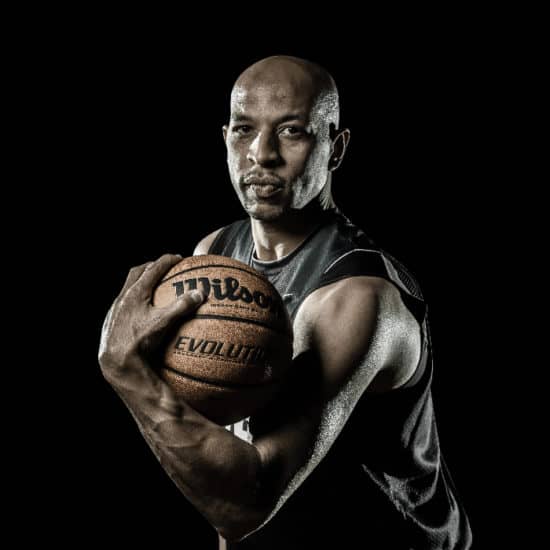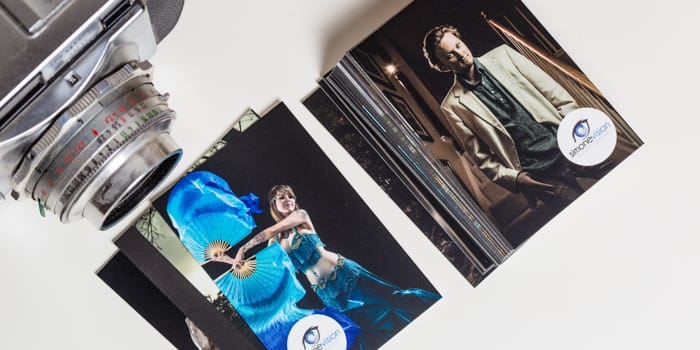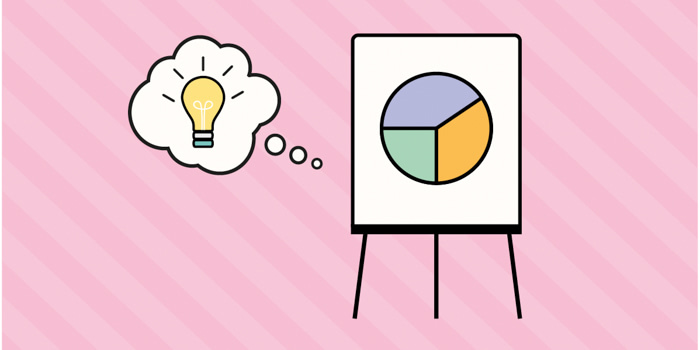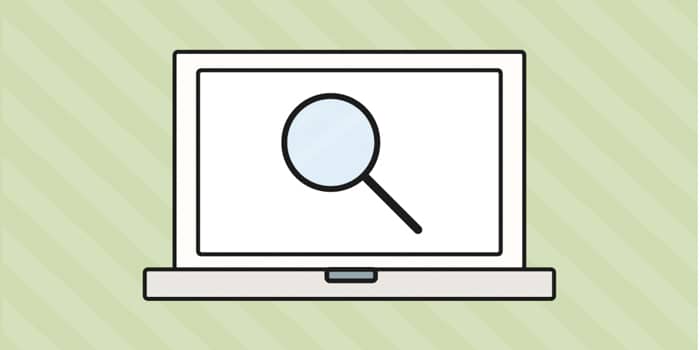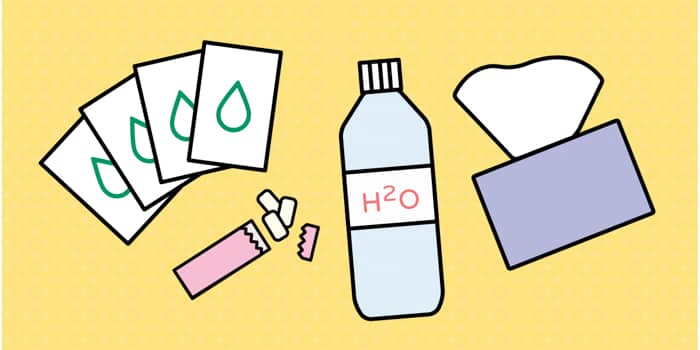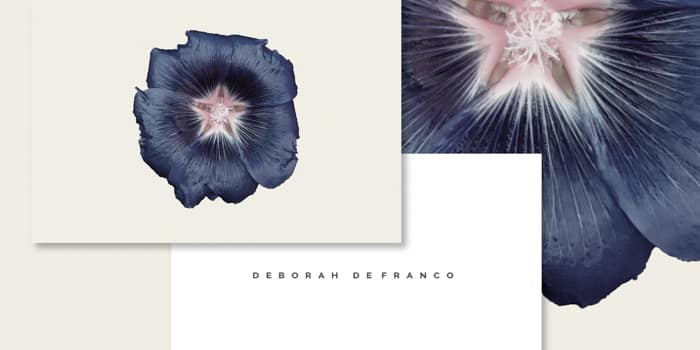Take a look inside our new London HQ
March 2016 saw us move into a brand new office space and return to the London neighbourhood where we originally set up our business,…
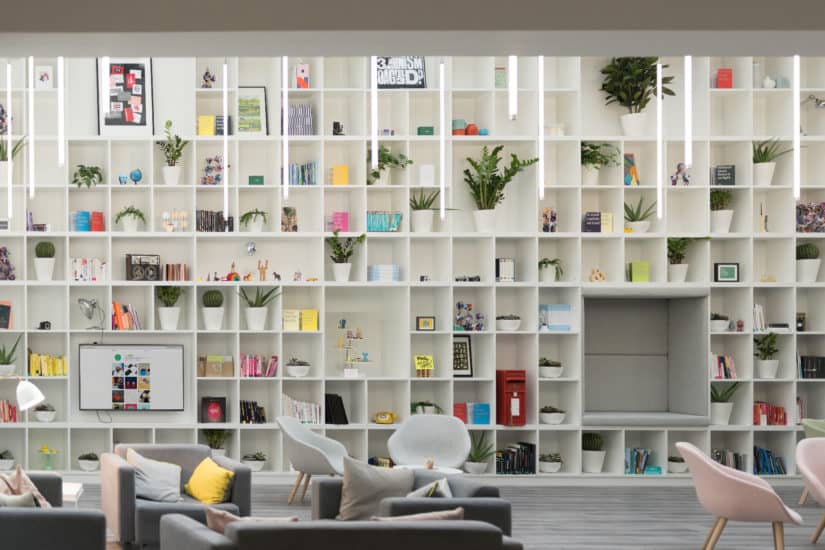
March 2016 saw us move into a brand new office space and return to the London neighbourhood where we originally set up our business, Farringdon.
As with everything we do, great design has been at the heart of the move. So we called on our interior design BFFs Trifle Creative, to work with our creative teams and turn our design vision into reality. We chose the ever efficient Peldon Rose to deliver the build. Boy didn’t they do well.
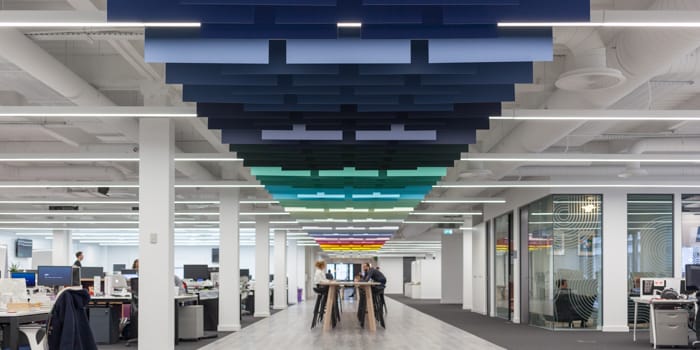
At 33,000 sq ft, the space gave us plenty of opportunity to design and build an environment that nurtured collaboration, creativity and innovation (as well as plenty of room for office chair races).
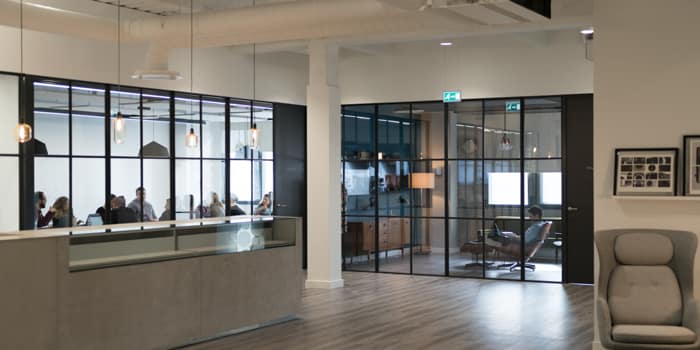
At the heart of the space runs a 200ft-long colorful spine constructed of 500+ rectangular paper panels. It is a physical connection through the whole building linking the different crews and working areas. It’s a reminder that our paper products are at the core of our business.
Another place where our love of design shines through is in the 13 meeting rooms. Named after some of our favourite fonts, they’ve all been designed by our in-house creative team.
Lead Graphic Designer, Jack Newman was briefed on creating moodboards for the interiors. “At MOO we work in such a collaborative way that it was natural for us to open the brief up to the design team and wider company. We had an incredible range of ideas, from type studio vibes to 1920’s Art Deco. It means that aesthetically each meeting looks and feels completely different. We wanted to make the user feel like they were stepping into a fully conceived new mini world in each room.”
Like what you see and want to work here? Check out our current vacancies.
#officegoals
Has the question of how to get that perfect shade of cerulean-azure back to the canvas ever weighed on your mind? The Australian creative collective Palette, the team behind the award-winning Cube, tried to answer this question. For photographers, designers, artists, and anyone who works with colour, Cube is a sleek, portable colour digitiser that can capture any colour on any surface so that it can be matched later, whether that’s in Photoshop or the paint shop.
Palette is headed up by 27-year-old DJ Dikic, Rocky Liang, 28, and Paul Peng, 26, who all met at the University of Melbourne in 2011. Cube is their debut product and a success story that went from a final year project to a global business with distribution deals on every continent in just four years. We had a chat with DJ to find out more about the journey.
Where did the idea for the Cube come from?
I wanted to do something better than just, I don’t know, a smart toaster. Because of my background in art, we thought about digitising colour. The technology wasn’t necessarily new but it was very much industrial manufacturing focused. We figured that there was a huge opportunity to make products that are accessible to everyday people.
Was it always the plan to go commercial?
We had no concept of becoming a company. We just had the idea that we wanted to make a cool product. Initially it was a bit rough and ready, but it worked and we won a few awards. But then we all went off to do our own jobs – Paul went into banking, I was at Ericsson doing engineering, whilst Rocky continued his studies.
So what changed?
Our old university started what’s called an Accelerator Program, where they give you around AUD$20,000 for no equity, and there’s a great support network of mentors. Getting into the program was enough for me to quit my job and commit to Cube full time. The goal was to launch our Kickstarter campaign by the end of 2013, and raise the cash needed for extra development and manufacturing. At which point Paul and Rocky both came on board full time.
Sounds like Australia is a good breeding ground for new business then?
In 2013, the idea that you could give people free money and they would actually do something useful with it was somewhat unproven. But I think Australia’s grown around that pretty quickly because there’s now a lot of government funding for research and development, and tax incentives.
How did you make ends meet?
Our Kickstarter campaign raised AUD$150,000, which was three times our goal. However, we spent almost double that going through production so there was none left over for us to actually live off. And it was a full year before we actually started delivering any products that we could start selling properly [on the open market] and before we could start extracting a wage.
Ouch. So what kept you going?
Cube was just something that we wanted to work on. If we didn’t personally care about what we were building, it would have been so easy to walk away. [You’ve got to stay] personally motivated to see past all the problems that you’re facing, to keep sight of what it could actually become.
How did you turn your vision into a business?
Hiring people and making investments are all things that we’ve learned to do in order to support making more product. I was into the product design and user experience that our product was actually enabling. Paul had studied finance, and Rocky takes responsibility for our tech development. We’re now about 10 people and as you expand, it starts becoming apparent pretty quickly where you need to hire.
It all feels pretty serendipitous! What would you have done differently?
“If I could go back I’d reapportion some time into maintaining and cultivating the community [that built up off the back of the Kickstarter campaign], ‘cos you don’t have many opportunities as a small business to get the attention of the internet.”
How are things going now?
“Pretty well! Here in Australia we’ve entered into the paint industry and have just got our second product out market with our fantastic partners Dulux. It’s the same core technology but we’ve worked pretty closely with them to build a more durable, hard-wearing product that can be used by professional painters. And we’re still promoting Cube, attending trade shows around the world. We were in London in September and sponsored the 100% Design Show, then CES this January in Las Vegas and through that process we’ve increased our exposure.”
What have you learned about launching a business?
“Perseverance is the key. Just don’t burn yourselves out. We focused so much energy on making that first product perfect and getting it out that by the time it shipped, we were just dead. You have to take a break – recently I’ve started meditating 10 minutes a day. It’s not important how you do it but make sure you take some time out.”
When I ask DJ about plans for further product expansion he becomes uncharacteristically coy – I’ll be following Palette with interest though. Have you been inspired? Tell us why or what about in the comments below!
As a treat for all our readers, the team at Palette are offering a special 20% off their Cube. Use the code MOOTWENTY at the checkout. Get matching!
Written by Katrina Vines
Ever since, erm, bagging an award at last year’s Independent Handbag Design Awards, designer Jennifer Hamley has been working hard to build an ethical brand and grow a successful business. We caught up with Jennifer and she told us how it’s going and shared her tips on building brand awareness.
Spill the beans, what’s been the response since winning the award last year?
The response and support has really blown my mind! I could not have believed even at the beginning of 2015 how different my life and my business would be right now. We now have customers in the UK, USA, Canada and Australia, and it’s steadily growing month by month. I’m very grateful to everyone that has been part of the journey so far.
What have been the highlights and challenges?
Just after the awards we had to get the Model KT work bag into production before our feature in InStyle magazine – we had so many people wanting to order! It is very important to me to have an ethical brand, so things took a little longer than expected to get everything in line with our values at the right price point. We had some production delays meaning that the delivery date for pre-orders kept being pushed back. I’m pleased to say that we have the most wonderful customers who stuck with us as the story unfolded.
Oh, another major highlight happened in February this year when we were accepted into the business growth accelerator ‘Entrepreneurial Spark’ which has stepped everything up a gear again.
How have you built awareness around the brand?
There was a lot of buzz around the awards and we were featured in the media quite a bit which was a huge kickstart. Since then we’ve been on the lookout for style bloggers, magazines and influencers to collaborate with and are building relationships. We’re also looking for brand ambassadors; some kickass business women, creatives and entrepreneurs that share our ethos.
Your packaging really stands out, why do you think it’s important?
I believe that beautiful packaging is part of the experience with a product. It’s the little touches that at first you may not notice, but layered together to create something magnificent. The colours, the design, the touch, the smell. It’s an all-encompassing experience, it’s how it makes the customer feel. That’s what is remembered.
Any branding tips for the masses?
I make sure there is a visual consistency across everything. So whether it’s hangtags, tickets, Postcards or even Stickers that we use on parcels, the customer is getting a cohesive experience of the brand. We even use the stickers to brand the USB portable power chargers that come with our Model KT POWER work bags!
What are your plans for the year ahead?
We have a full collection of work bags in the sampling stages at the moment and are planning to launch a mini collection via a crowdfunding campaign in May. The collection will include the Model KT work bag, The Mini KT and some purse designs. Plans are to launch more designs later in the summer. We will be throwing a launch party so that we can meet more of our customers too!
If you’re in the stages of growing a brand or perhaps have some advice on how to make those first steps easier, share your comments below!
Jennifer Hamley’s Indiegogo funding campaign will run until 17th June 2016 and backers can pre-order designs at up to 30% discount. Check it out here.
Written by David Revagliatte
Last year, Simone Severo, a Colorado Springs Portrait Photographer, completed a year-long quest to photograph an interesting person each and every day for an entire year. Simone called it “Striving for Portrait Perfection”. The photographs are honest portraits that portray each subject’s personality and she plans to publish a book containing those 365 uniquely personal portraits and the stories behind them.
Simone, who was born and raised in Brazil, spent over fourteen hundred hours pursuing her 2015 quest for portrait perfection. That’s over four hours a day, seven days a week — come rain, hail, snow, or shine.
Simone felt compelled to make everyone involved feel as comfortable and relaxed as possible. One of her goals in this project was to connect with each of her subjects and share these stories in her book.
We are loving her dedication to the project and her work looks great on our Luxe Business Cards too!
We know you love TED talks, but don’t always have the time. So you don’t miss out on the good stuff, here’s our quick fix.
How great leaders inspire action by Simon Sinek, who has written two books about what separates the best from the rest, including “Start With Why.”
What makes a great leader?
Simon wanted to know why some people and brands make history over others who may have more money and resources. What are they doing different?
Start by asking why
There are three questions organizations and their leaders need to answer:
1. What do you do?
2. How do you do it?
And (most importantly):
3. Why do you do it?
Most of us know what we do, and a lot of us also know how we do it. But, Simon found that “few people or organizations know why they do what they do.” According to Simon, all extraordinary leaders start with answering the why, and build from the inside out. As a result, the mission-statement—why they do what they do—is hard-coded into the DNA of their work.
The power of why
What difference does this actually make? The answer is… a lot. Simon says, “people don’t buy what you do—they buy why you do it.”
This is the big reason Apple is so successful – its marketing is built around why it does what it does. Apple tells its audience that “we believe in thinking differently.” It’s a message a whole generation has gotten behind. It just so happens that believing in this vision also means buying iPhones, iPads, and iMacs—because what Apple does is sell computers.
Apple’s competitors don’t seem to provide as strong a why. They focus more on what their products are like and what features they have. They also don’t receive the same adoration as Apple—even though their products are as good, and sometimes better.
The response to why
Connecting through why uses a part of the brain responsible for feelings and decision-making. It makes people feel and believe in what you do. Simon notes, “if you talk about what you believe, you will attract those who believe what you believe.” These are the people you want supporting your company from the start.
When you give people a reason for doing what you do, your vision becomes theirs too. This is how great leaders inspire others to, “be loyal and want to be a part of what they do,” according to Simon.
The takeaway
The most successful brands and leaders, regardless of their industry, communicate their message from the inside out. Why you do what you do should be the basis for any organization, movement, or idea, and the how and what will fall into place—that’s what the most extraordinary leaders do.
Like our Ted Talk summary? Check out Amy Cuddy: Your body language may shape who you are and Scott Dinsmore: How to find the work you love.
Written by Martin Douglas Hendry
A brilliant pitch can bag you big business. But pitching doesn’t always come easy. So how do you prepare for a pitch? To learn the tricks of the trade, we asked Katrina Vines, a freelance marketing consultant, to tell us her secrets to pitching. Over to you Katrina!
I like pitching. I spend a big chunk of my time in advertising agencies securing new business and building client relationships. I really enjoy the buzz that comes with giving the presentation, but it wasn’t always this way. Here are my insider tips to help settle your nerves and set you up for success.
First and foremost
I’m going to assume that you have a genuine passion for your business idea, product, or service and you’re convinced that it’s the best for the job. If so – that’s half the battle won. Real belief and enthusiasm will outshine everything you say, write, and do. And that will impress your potential clients.
Similarly, you need to know what your business stands for and be able to get people excited about it—quickly. I suggest having an ‘elevator pitch’ ready. This may feel a bit robotic at first, but it does pay to write a paragraph or some bullet points on what makes you and your product or service different. What you say impacts what someone thinks of your business, so don’t waffle. Use natural, everyday language.
Prove yourself
Before you invite people to hear your pitch, make sure your credentials are in order. Write a case study at the end of every completed project, comprising what, when, where, why, and how you delivered it. Ask your satisfied clients for references too. If you’ve yet to have a paid client of your own, don’t worry – any relevant experience either under previous employers or unpaid work still counts. If you haven’t been doing this, I’d say start now. I have often struggled to pull together relevant examples of my work in a last-minute panic, and believe me, you don’t need the extra pressure when you’re facing a pitch.
Research is key
To truly differentiate yourself, you need to know what your competition is up to. Get up to speed with the trends and developments in your industry. This means being vocal and active in all the relevant channels as a matter of course. Going to events, subscribing to (and reading) industry publications, and keeping abreast of social media, to name a few.
So you’ve got your credentials sorted, you are completely clued up on the market, and can explain exactly why your business is the best at what it does. And now you’ve been asked to meet a potential client. What next? Naturally, you’ll need to do a ton of research. Mainly, you’ll need to understand what makes them tick and which of their problems you are going to help solve. How are they performing in the market? What were their biggest successes? What are their biggest challenges? What are they like as people?
The pitch itself
Always remember: the meeting is about your client and the solution you’re providing to their problem. Constantly ask yourself whether you’ve done what the brief asked for and whether you’ve provided a clear and interesting set of solutions to help your potential client. And of course, you need to set aside plenty of time to rehearse properly. That means practice in front of other people, on your own, in front of a mirror, and with a timer.
On a practical note, make sure the technical setup of the room is prepared for you, or request to get there early to set it up yourself. Make sure you’ve tested the device you’re presenting from and see if it connects with the screen in the room, and if the audio will reach everyone in the room. You don’t want to end up presenting via the medium of interpretive mime. (I have tried this and although it was fun, it didn’t work).
On another practical note, make sure you’ve got a bottle of water, gum or breath freshener, and some tissues handy in case you get dry-mouthed or runny-nosed when you’re nervous—like me.
The final touch
Without a doubt you’ll have a fresh bunch of slick Business Cards to leave with each person. Also, think about what else you’ll leave behind after your presentation, especially if you covered a lot of information. A one-page executive summary printed on your Letterhead, to accompany a bound copy of your fully annotated presentation will ensure you’re not forgotten.
Our Tailored Collection is inspiring creative minds everywhere and we love it when you share your experiences and results of using our gloss and gold foil options. New Jersey-based Art Director and artist, Deborah DeFranco chose to promote her digital fine art business using our Printfinity technology. “It enabled me to not only share my information but also to quickly show people a variety of my work—much like a mini portfolio.”
When Deborah combined Printfinity with the new finishing options available in the Tailored Collection, we loved the results so much we got in touch with her. She told us, “I was inspired to hear that MOO had added many new finishing options. I chose the Super Business Cards for the beautiful skin-like feel, weight of the stock, and for the ability to spot gloss my name on the sparsely designed back. This gave this simple black + white back an understated oomph”.
We agree Deborah!
Check out Debborah’s Instagram: @artpulse
We know you love TED talks, but don’t always have the time. So you don’t miss out, here’s our snackable summary.
Take it from Amy Cuddy: your body language shapes who you are. In this Ted Talk interview on body language, Amy Cuddy talks about the power of body language and how to harness it.
Body language comes first
Amy Cuddy is a celebrated social psychologist, Harvard professor and body language expert. She believes nonverbal communication impacts the way we see and judge each other and impacts things like who we hire or promote. Body language shapes who we are in other people’s eyes.
Dominance
One of the key things body language communicates is dominance. In the animal kingdom, power is conveyed through expanding, becoming bigger…think of a gorilla standing tall, beating its chest. And humans do the same thing (well, almost the same thing). Those in power tend to stand taller, their posture is straight with shoulders back. When we feel powerless we do exactly the opposite; our shoulders slump and we look towards the floor. We make ourselves smaller.
We complement each other
When interacting with another person, we naturally complement the other person’s nonverbal communication. So if the other person is being really powerful and big, you will tend to make yourself smaller. We don’t mirror them. We do the opposite of them.
The science bit
Amy Cuddy’s Ted Talk highlights the scientific reasoning behind it. Her research found that powerful people were more confident and calm in stressful situations because they had higher levels of a “dominance” hormone (testosterone) and lower levels of a “stress” hormone (cortisol) in their brains than others people.
She conducted an experiment to discover whether changing body language could alter the levels of these hormones and change not just our behavior, but the way we feel. Participants were asked to adopt high-power or low power poses for two minutes and then asked how powerful they felt and supply a saliva sample.
Pose for power (in just two minutes)
She found that adopting a power pose for two minutes altered the levels of these hormones in our brains significantly, and impacted behavior as a result.
But the question on the tip of your tongue is, can power posing work in real life? For Amy Cuddy, your body language could even get you that job you dream of.
When this was tested in a stressful job interview setting, each participant who practiced the high power pose was seen as successful candidate by assessors, regardless of the qualifications or experience of participants who practiced a low power pose. They had more presence and confidence than the other candidates.
Two-minute tweaks = big changes
The key message from Amy Cuddy in her Ted Talk is that tiny tweaks in body language can lead to big changes. So before you go into the next stressful situation (e.g. a pitch meeting), find a private space, take two minutes to get into a power pose for two minutes, and to reconfigure your brain. You’ll get your testosterone up and get your cortisol down. Don’t leave that situation feeling like, oh, I didn’t show them who I am. Leave that situation feeling, I really feel like I got to say who I am and show who I am.
…Go get ‘em tiger!
Liked that Ted Talk summary by Martin Douglas Hendry? Check out the full Ted Talk “Your body language may shape who you are” here. You can only read our summaries of Scott Dinsmore’s “How to find the work you love”.









